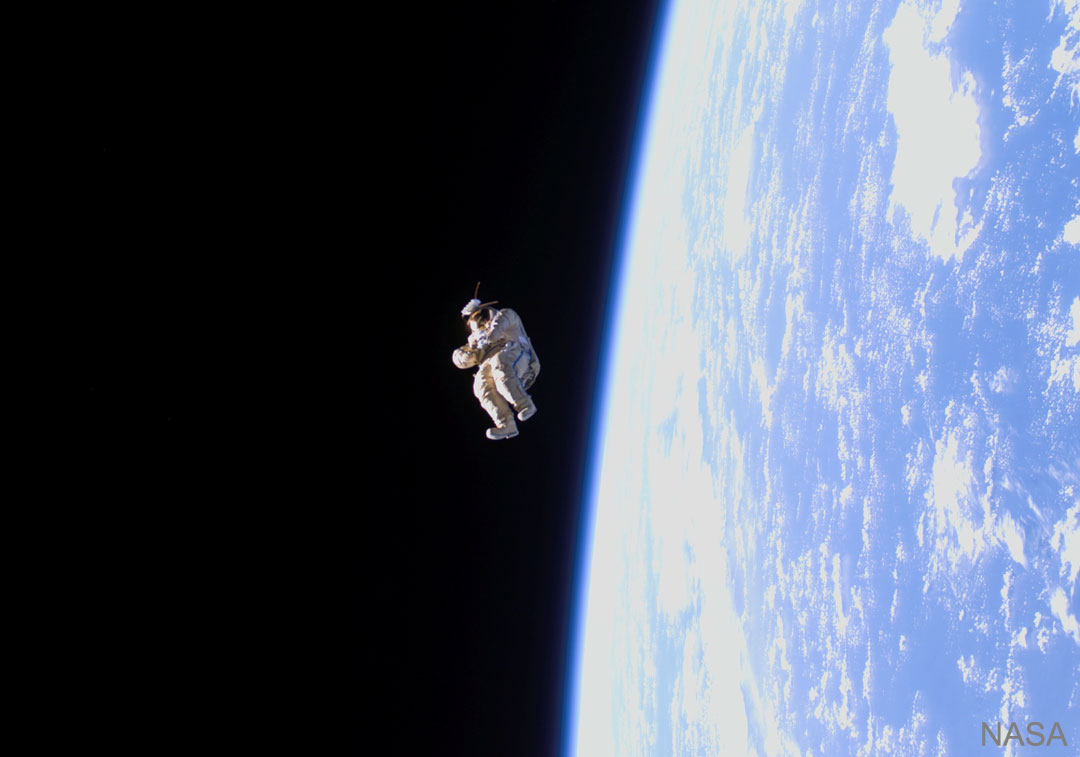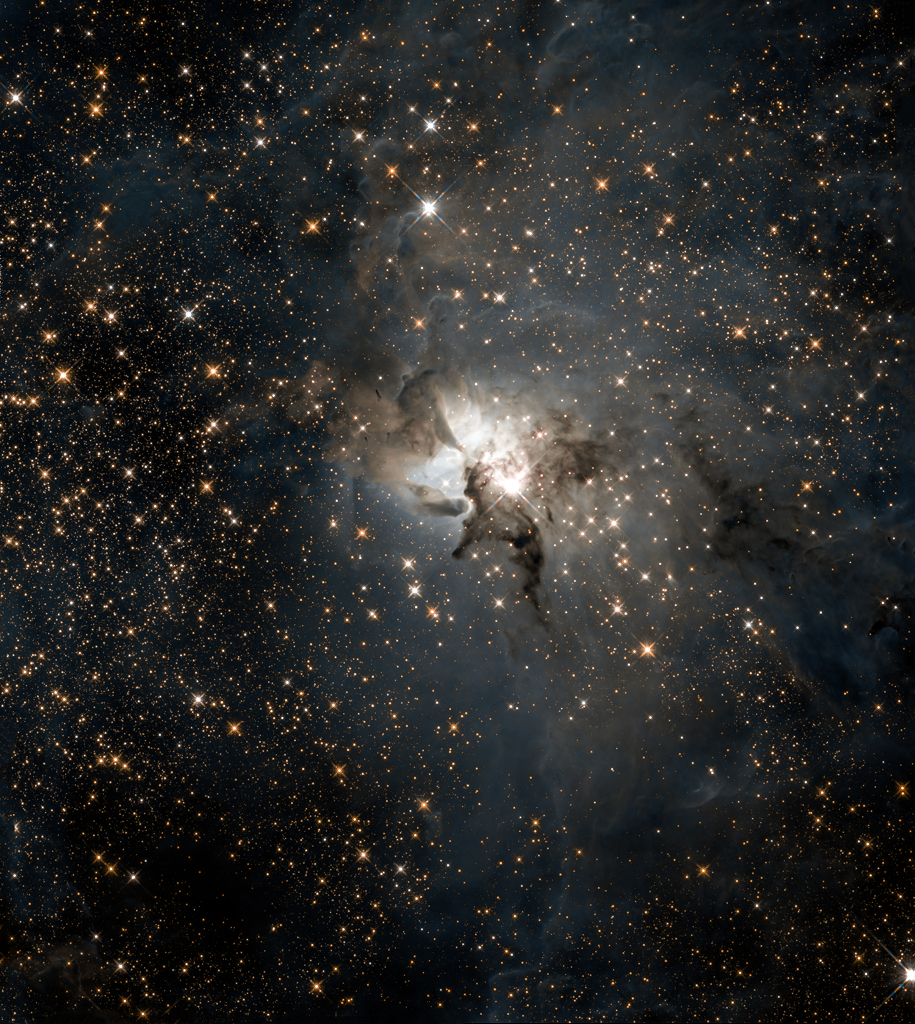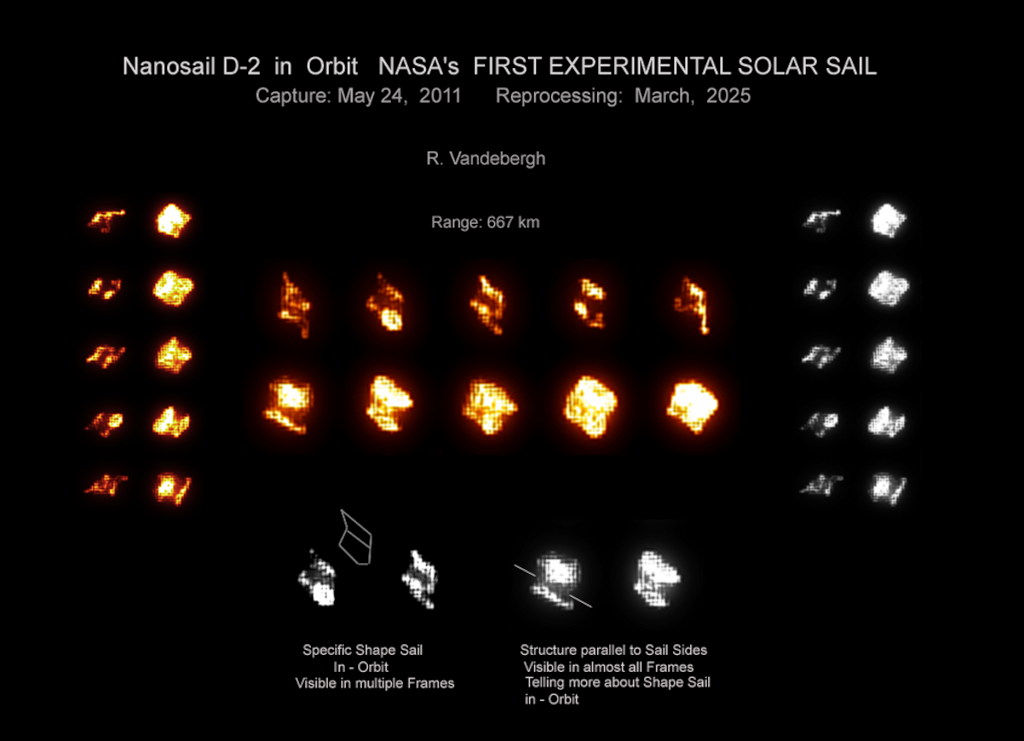
La fonction principale de notre appareil auditif est de capter les sons. En dehors des cas de déficiences auditives comme la surdité, cette fonction a des limites naturelles, notamment en ce qui concerne sa capacité à capter les ultrasons. Mais à quoi est due cette incapacité ?
Une configuration naturelle de l’oreille
L’appareil auditif de l’homme est composé de plusieurs organes chargés les uns de conduire, les autres de traduire les ondes sonores perçues. Selon leur configuration, ces différents organes sont naturellement limités dans leur capacité à percevoir et traduire les sons.
L’oreille humaine perçoit les ondes sonores comprises entre 20 Hz correspondant aux sons graves et 20 000 Hz représentant les sons aigus. On parle donc d’ultrasons lorsque les ondes sont supérieures à 20 000 Hz.
Une protection naturelle
L’incapacité de perception des ultrasons n’est en rien une défaillance. La nature étant bien faite, elle a fait en sorte que ça soit le cas pour protéger nos oreilles en limitant la capacité des organes internes.
Pour être traduites, les ondes sont d’abord amplifiées sur la base d’une fréquence de résonnance qui varie entre 1000Hz et 4000 Hz et l’énergie acoustique est convertie en énergie électrique.
À un certain seuil, les organes les plus sensibles peuvent subir des dommages irréversibles. C’est pour cette raison qu’une barrière naturelle est formée par les muscles du marteau et de l’étrier se contractent pour limiter l’intensité des sons perçus.










